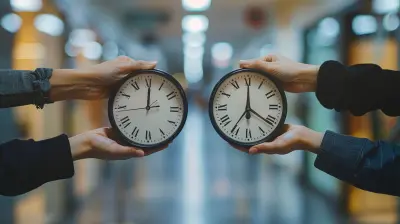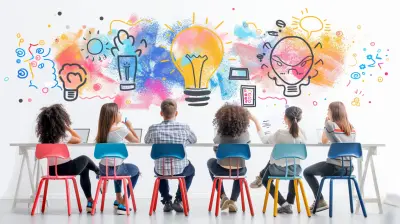Learning Styles and Group Work: Creating Harmonious Teams
24 May 2025
Ah, group work—the two words that can make students groan louder than an alarm clock on a Monday morning. Some love it, some tolerate it, and others... well, they'd rather walk barefoot on LEGO bricks. But like it or not, teamwork isn't going anywhere.
So, how do you create a group where everyone doesn’t secretly plot each other’s downfall? Enter learning styles—the secret recipe for turning chaos into collaboration.
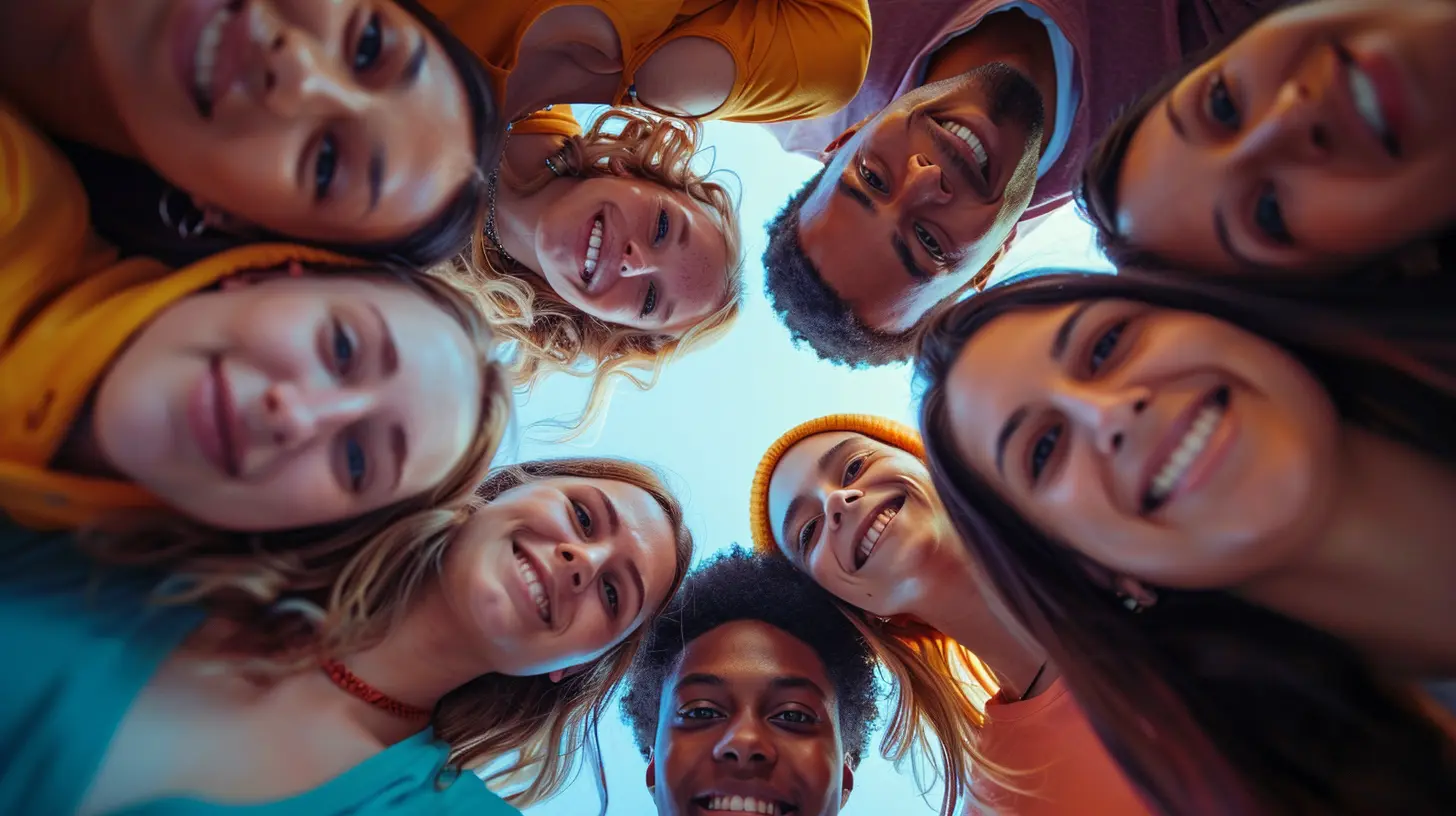
The Marvelous Mess of Learning Styles
If you’ve ever been in a group project and felt like you were speaking an entirely different language from your teammates, congratulations! You’ve just experienced the magic of diverse learning styles.Everyone learns differently. Some take notes like courtroom stenographers, others doodle their way to understanding, and a few somehow absorb knowledge by sheer osmosis (we’re still studying how that works). The main learning styles include:
- Visual Learners – The people who thrive on charts, diagrams, and mind maps. If it’s not color-coded, is it even real?
- Auditory Learners – Folks who need to hear information to process it. They love discussions, podcasts, and explaining things out loud—sometimes even to themselves.
- Reading/Writing Learners – The overachievers who actually enjoy writing essays. Give them a textbook, and they’ll devour it faster than a thriller novel.
- Kinesthetic Learners – The ones who can’t sit still. They need hands-on experiences to understand concepts. If there’s no movement involved, they’re mentally checked out.
Now, throw all these people into a group project. What could possibly go wrong?

The Beautiful Disaster of Group Work
Picture this: a group of four students sits down to work on a presentation. The visual learner is sketching a flowchart, the auditory learner is narrating their thoughts, the reader/writer is furiously typing notes, and the kinesthetic learner is spinning in their chair like a caffeinated toddler.Sounds productive, right? Or maybe like a recipe for frustration? Well, it depends.
Instead of forcing everyone into the same learning box (which would be as cruel as making a cat take a swimming lesson), a good team balances these styles. Here’s how:
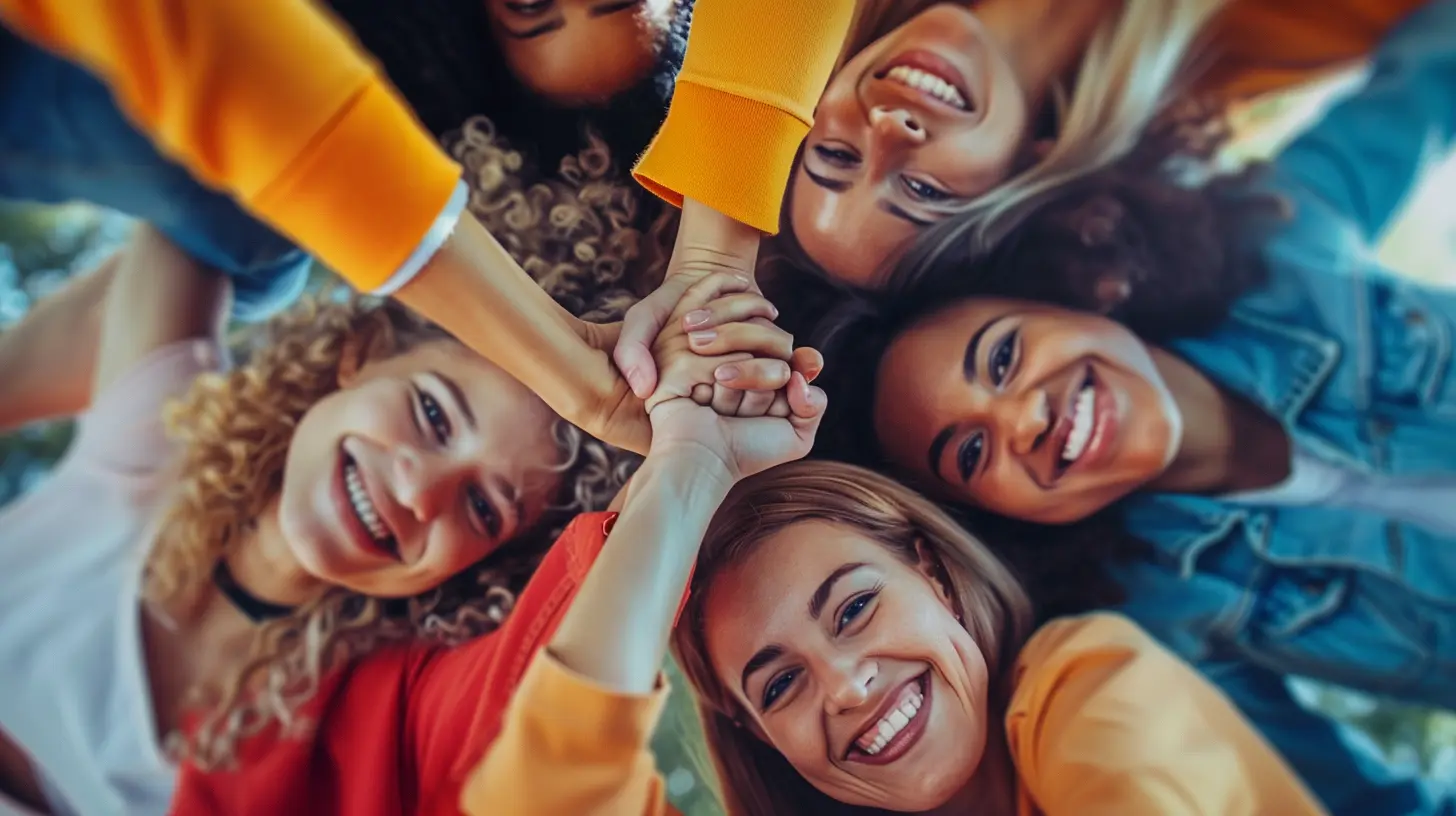
1. Communication: The Glue That Keeps Things From Falling Apart
Let’s be honest—most group work disasters begin with terrible communication. Someone assumes everyone just knows what they’re supposed to do (spoiler: they don’t). Others are too polite to speak up, so they fake understanding. And then there’s the person who disappears until the night before the deadline.To avoid this:
- Have an initial conversation about how everyone prefers to work. Yes, this sounds painfully responsible, but trust me, future-you will thank you.
- Set clear expectations. No mind-reading required.
- Decide on preferred communication methods. Some love emails; others will only respond to texts written in all caps. Adjust accordingly.
2. Task Distribution: Play to Strengths, Not Convenience
Ever noticed how in every group project, one person ends up doing all the work while the others casually contribute their moral support? Yeah, let’s fix that.Instead of randomly assigning tasks (or forcing the overachiever to carry the team), divvy up responsibilities based on learning preferences:
- The visual learners can design the slides, make infographics, or create diagrams.
- The auditory learners can lead discussions, explain ideas, and rehearse presentations.
- The reading/writing learners can handle research, write drafts, and organize notes.
- The kinesthetic learners can run experiments, set up demonstrations, or ensure interactive components.
It’s like assembling a superhero team—everyone has a unique power. Use it wisely.
3. Meetings That Don’t Feel Like a Soul-Sucking Void
Meetings are a necessary evil. But if they’re done wrong, they become a black hole where productivity goes to die. Here’s how to keep them bearable:- Time limits. Nobody wants a three-hour discussion that could’ve been an email.
- Agenda. Yes, an actual plan. Shocking, I know.
- Breaks. Kinesthetic learners will thank you.
- Clarification. Summarize decisions at the end so no one conveniently forgets their tasks (looking at you, last-minute Larry).
4. Embrace the Chaos… Strategically
Even with the best planning, group work will never be perfectly smooth. And that’s okay! Differences in learning styles will inevitably cause a few bumps. (Like the person who insists “just talking about it” is enough prep while another wants a 10-page outline.)Instead of fighting these differences, work with them:
- Visuals for the visual learners. Use charts, slides, and drawings during discussions.
- Discussions for auditory learners. Let them explain concepts out loud.
- Notes for the reading/writing learners. Summarize key points in a shared document.
- Movement for kinesthetic learners. Standing meetings? Role-playing concepts? Anything’s better than just sitting in silence.
5. The Ultimate Hack: Mutual Respect
At the end of the day, group work is less about who’s right and more about how we work together. You don’t have to become an auditory learner just because your teammate loves to talk things out. You just need to respect that they process information that way.- Listen (even when you disagree).
- Be patient (even when someone takes forever to explain their point).
- Contribute (yes, even if group projects make you cringe).
Because nothing screams harmonious team like a group that actually respects each other’s differences.
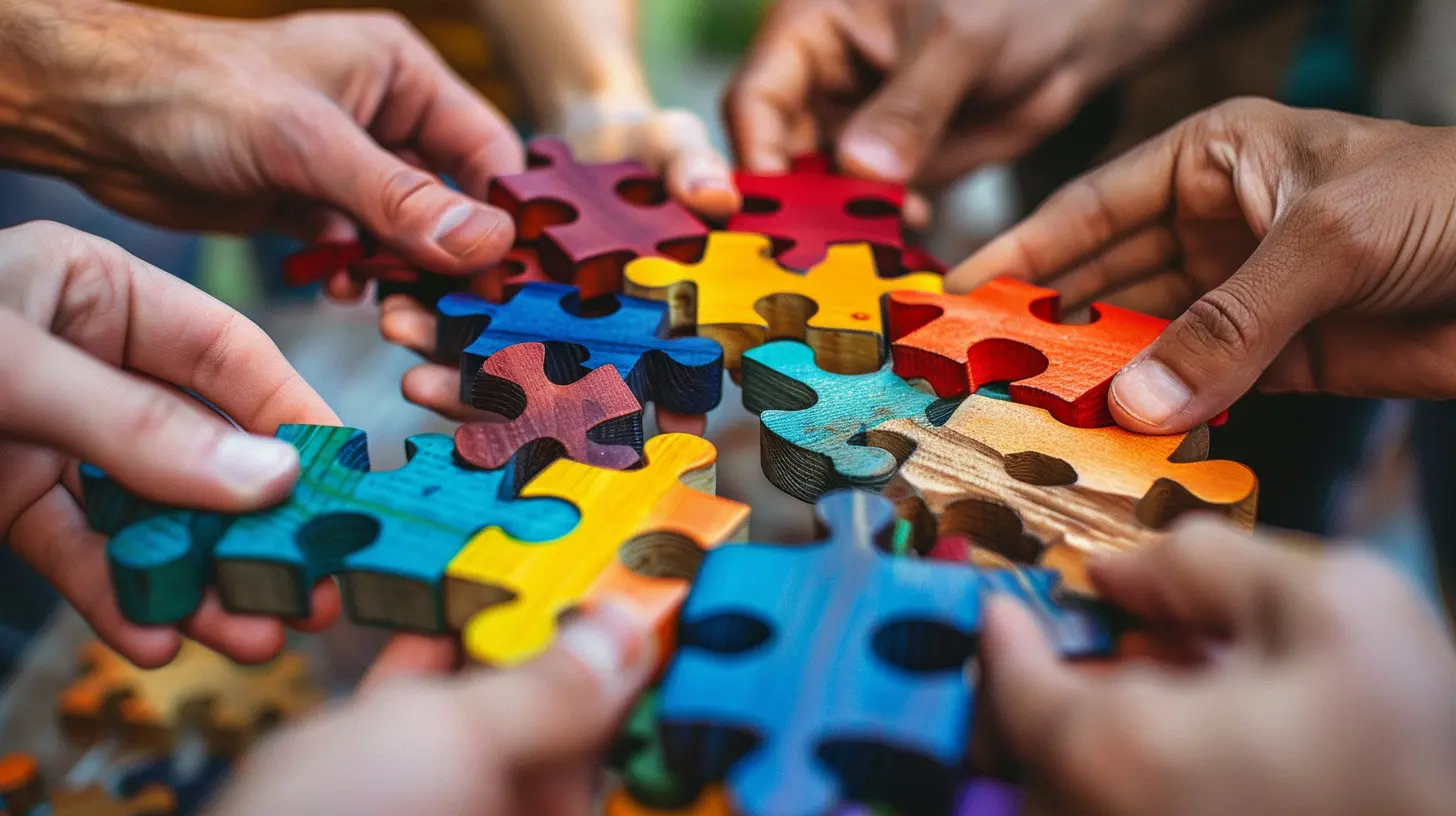
Final Thoughts: From Disaster to Dream Team
Creating a harmonious team isn’t about eliminating differences; it’s about using them to your advantage. When everyone understands and respects each other’s learning styles, group work transforms from a frustrating mess into a well-oiled machine—okay, at least a functioning one.So, next time you find yourself stuck in a group project, don’t panic. Just remember:
- Everyone learns differently. That’s not a curse—it’s a strength.
- Good teams complement each other. Play to strengths instead of forcing uniformity.
- Communication solves most problems. (But if all else fails, snacks help too.)
Now go forth and conquer your group projects—preferably without plotting revenge on your teammates.
all images in this post were generated using AI tools
Category:
Learning StylesAuthor:

Monica O`Neal
Discussion
rate this article
3 comments
Jax Jacobs
Great insights on blending learning styles in group work! Recognizing individual strengths can truly enhance collaboration and outcomes. Thank you for sharing practical strategies for fostering harmonious team dynamics!
June 6, 2025 at 4:37 AM

Monica O`Neal
Thank you for your positive feedback! I'm glad you found the strategies helpful for enhancing collaboration in teams.
Iris Holland
Understanding diverse learning styles enhances collaboration, fostering creativity and harmony within group dynamics for better outcomes.
June 3, 2025 at 4:09 AM

Monica O`Neal
Thank you for your insightful comment! Embracing diverse learning styles is indeed key to fostering collaboration and creativity in teams.
Nora Acevedo
This article offers valuable insights into leveraging diverse learning styles in group work, fostering collaboration and understanding. Emphasizing harmony can significantly enhance team productivity and creativity. Great read!
May 29, 2025 at 3:29 AM

Monica O`Neal
Thank you for your thoughtful feedback! I'm glad you found the insights on diverse learning styles and collaboration valuable.
